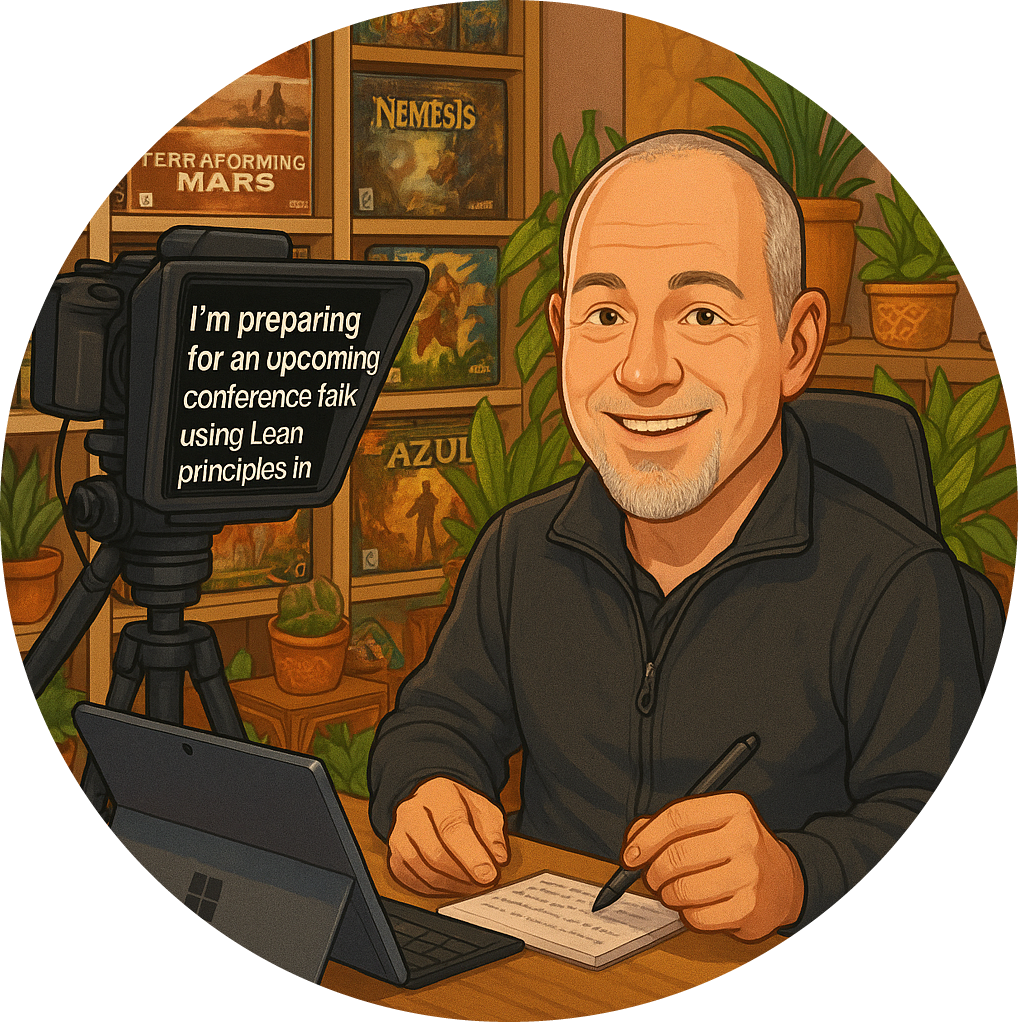Reflecting on My Worst Day as an Agile Consultant
As an agile consultant, I’ve had my fair share of challenging days, but one experience stands out as particularly memorable, though perhaps not in the way you might expect. It raises an important question: was it my worst day, or was it the customer’s?
Let me take you back to that week in the US. I arrived at the organisation, ready to dive in and help them tackle their challenges. I was shown to my cubicle, settled in, and then… nothing. For two or three hours, I sat there, waiting for someone to engage with me. It was as if I had been placed in a time capsule, completely forgotten.
I decided to reach out to my boss, Steve Borg, to share my predicament. “I’m just sitting here,” I explained. “Nobody’s come by, and it seems like they’re not ready for me.” After a few calls, Steve informed me that they hadn’t prepared for my arrival. In fact, they booked me a flight home, and it took the customer three days to realise I was gone. That’s how unprepared they were for any sort of change.
This experience highlighted a critical lesson: readiness for change is essential. If an organisation isn’t prepared to listen or act, then my role as a consultant becomes nearly impossible.
Interestingly, this wasn’t an isolated incident. I found myself returning to the same organisation for three consecutive years, at the same time, with the same group of people. Each time, I would provide them with a comprehensive report detailing the changes they needed to make. And each year, I was met with the same response: “We’ve done none of the things you suggested.”
It was disheartening. I was there to help, yet it felt like I was spinning my wheels, unable to drive any meaningful progress. The same issues persisted, and I was left
troubleshooting
minor problems rather than facilitating substantial change.
Here are a few key takeaways from these experiences:
Readiness is Key: An organisation must be prepared to embrace change. Without this readiness, any advice or strategies I provide will fall on deaf ears.
Value of Engagement: If I’m not receiving problems to solve, it’s a sign that the organisation may not be ready for my help. I’ve learned to be upfront about this; if my advice is ignored, it may be time to reassess our partnership.
The Importance of Listening: It’s frustrating to see an organisation ignore warnings about potential pitfalls. When they eventually come back, seeking help after the fact, it’s often too late to make a significant impact.
Continuous Improvement
: Agile is all about iterating and improving. If an organisation isn’t willing to act on feedback, they risk stagnation.
In conclusion, while my worst day as an agile consultant was certainly challenging, it served as a powerful reminder of the importance of readiness and engagement in the agile journey. If you find yourself in a similar situation, remember that change is a two-way street. Both the consultant and the organisation must be committed to the process for it to be successful.
If you’d like to discuss this further or have any questions about agile,
scrum
, or
DevOps
, feel free to book a coffee chat with me through Naked Agility. I’m always here to help!
Um, so the question is what was your worst day as an agile consultant?
And I think the worst, well, was it my worst day or was it the customer’s worst day? The worst day I can actually think of is going into an organization. I’m going to be on site for a week, so I’m consulting, right? I need to help them fix their stuff.
Um, and I get into the office, shown to a cubicle. This was in the US, so I got shown to a, here’s your desk for the week. Sean’s the cubicle. Sat down and then the person that sat me down disappeared.
Um, and I was sitting there for, I don’t know, two or three hours. Nobody had come by, nothing was going on.
Um, so I just, you know, I called my boss at the time, Steve Borg, and I said, uh, I’m just sitting here, by the way, they’re not doing anything. He’s like, what do you mean? What do you mean? Just sitting in this cube? Everybody disappeared. And he’s like, oh, let me see if I can find anybody. He made a few calls. They weren’t ready for me yet. So he called me back and he said, uh, we booked a flight for you. Just go to the airport and come on home.
And it took the customer three days to realise I was no longer there. It took them three days to realise that I’d just gone home. That’s how long it took them to be ready for me, and that was three days into a five-day engagement.
Right?
Um, so that was probably the worst day for the customer. They just weren’t ready, right? They weren’t ready for any sort of change. They obviously weren’t ready to listen.
Um, and they weren’t ready to do that. But I’m not ready to listen. I also did the same engagement three years in a row with a customer.
Same time a year, same group of people. They would invite me to their organisation. We’d sit in the boardroom. They’d talk about all the stuff they’re doing. I’d give them a bunch of advice. I did a whole bunch of interviews with everybody, lots of different people at different levels in the organisation. I created a lovely report. This was the first time I went. Lovely report on here are the things you need to fix, the things you need to try.
Um, changes you might want to make, things you might want to do. And then I would come back the next year and they’d be like, yep, we’ve done none of the things you said. Let’s have a chat and figure out what we should do next. And it was exactly the same things because nothing had changed, right?
Um, and I would come back year after year to the same company for the same few days on site with the same group of people who would agree that they haven’t done anything to change anything. And then we would maybe troubleshoot some small issues around the edges and help them out, but
Um, again, that’s not a good day as an agile consultant because you’re not making progress, you’re not helping the customer, you’re not providing them with value, right?
So I always feel like I work with lots of customers and if
I’m not, if I’m working as an agile consultant and I’m not getting fed problems
Um, by the organisation, right, to be able to help them out, I’m gonna wander off.
Right? And I’m usually pretty clear if it’s a longer engagement. I’m usually pretty clear on that up front, right? If I feel like I’m giving you a bunch of advice and you’re just ignoring it, then maybe we’re not a good fit and I shouldn’t be here anymore.
And I think those are the days that kind of suck, is when nobody’s listening to you. You’re seeing the things you’re saying, this thing’s gonna happen if you keep doing it this way. And then you’ve just got to sit there and watch them fall into that trap.
And then they come to you and say, oh, we’re so broken. Can you, can you, we’re totally hosed now. Can you help us fix? And it’s like, well, we’ll know, like six weeks ago when I told you about the problem was when you could have fixed it. Now you pretty much want to pay the fine for non-contract completion and walk away because that’s all you’ve got left.
I think those are the days that kind of suck as an agile consultant.
Thanks for watching the video. If you enjoyed it, please like, follow and subscribe. I always reply to comments. And if you want to have a chat about this or anything else agile, scrum or DevOps, then please book a coffee with me through Naked Agility.



























